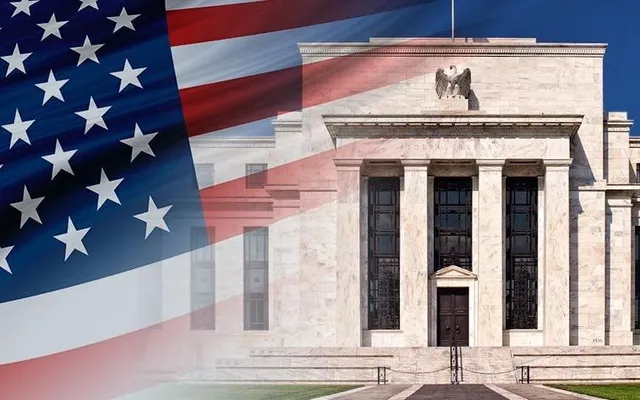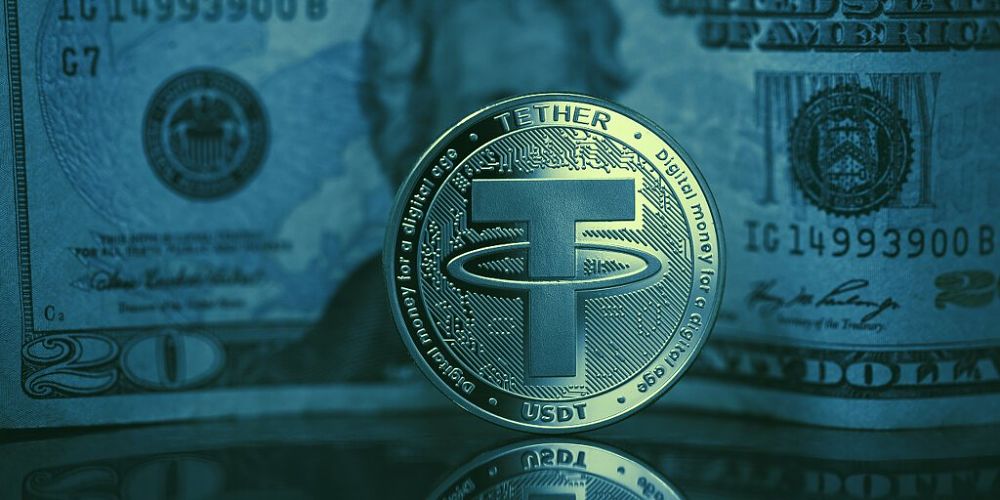The cryptocurrency market is witnessing a pivotal shift as Federal Reserve Chairman Jerome Powell reaffirms his commitment to regulating stablecoins in 2025. Speaking at a recent conference, Powell underscored the growing adoption of stablecoins and the pressing need for oversight to protect consumers and maintain financial stability. This article delves into Powell’s stance, its potential effects on the crypto industry, and why stablecoin regulation is a critical focus for the market in 2025.
Powell’s Push for Stablecoin Rules

As a prominent figure in U.S. monetary policy, Jerome Powell highlighted the increasing importance of stablecoins in global finance. Unlike volatile cryptocurrencies like Bitcoin, stablecoins are tied to stable assets such as the U.S. dollar, making them essential for DeFi, trading, and international payments. With a market cap exceeding $200 billion in 2025, stablecoins are integral to the crypto ecosystem, but their rapid expansion has raised concerns about systemic risks.
Powell’s remarks build on his February 2025 comments, where he first supported stablecoin legislation. He pointed to past crypto failures, including exchange collapses, to emphasize the need for strong regulation. “Stablecoins are becoming mainstream, but without clear regulations, they could endanger consumers and the financial system,” Powell stated. His call for Congressional action reflects a broader effort to bring transparency to the evolving crypto regulatory framework.
Why Stablecoin Regulation is Crucial
Stablecoins like USDT, USDC, and BUSD are widely used in crypto transactions due to their stability and flexibility. They act as a bridge between traditional finance and blockchain, facilitating seamless trading without the delays of fiat conversions. However, their centralized issuance and reserve management have raised questions about transparency and the potential for “bank runs.” Regulators are now pushing for stricter oversight to address these concerns.
Powell’s endorsement aligns with legislative efforts to prioritize stablecoin regulation in 2025. A bipartisan framework could enforce reserve audits, strengthen consumer protections, and reduce systemic risks, fostering trust in stablecoins while encouraging innovation in the crypto sector.
Market Reactions and Industry Outlook

Powell’s statements sparked optimism in the crypto community, with Bitcoin holding steady at $83,500 and altcoins demonstrating resilience. Social media platforms buzzed with excitement, as users noted a shift in the Federal Reserve’s approach toward embracing crypto innovation. Many believe regulated stablecoins could drive institutional adoption, potentially rivaling central bank digital currencies (CBDCs).
Challenges remain, however. Critics caution that overly strict regulations could stifle DeFi growth or push projects to jurisdictions with looser rules. Achieving a balance between oversight and innovation will be essential as lawmakers craft the stablecoin regulatory framework.
Future Implications
As stablecoins continue to link crypto and traditional finance, Powell’s advocacy for regulation signals a maturing market. A well-designed regulatory framework could enhance confidence, attract institutional investors, and solidify stablecoins’ role in global finance. Crypto investors and developers should closely track legislative developments in 2025, as these changes could reshape the industry landscape.








